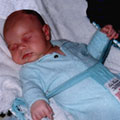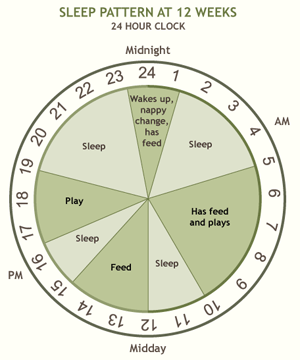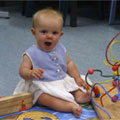Behaviour
Caring for babies
Bottle feeding
Changing a nappy
Cleaning and sterilising bottles
Daily cleaning tasks
Helping new children settle in
Preparing for a nappy change
Sleep patterns – babies
Sleep routines – babies
Toilet training
Caring for children
Allowing time for practice
Dressing/undressing
Mealtimes
Nappy change
Packing away/caring for the environment
Sleep/rest time
Toileting
Common self-help milestones
Tips for sleep and rest time
Self image
Communication
Body language
Limits and guidelines
Ways children communicate
Greeting children and families
Modelling appropriate communication
Questioning
Verbal and non–verbal communication
Acknowledging children's feelings
Listening attentively
Communicating with Aboriginal and Torres Strait Islander parents/carers
Development
Allowing time for practice
Dressing/undressing
Mealtimes
Nappy change
Packing away/caring for the environment
Sleep/rest time
Toileting
Common self-help milestones
Creative development
Language development
Modelling positive relationships
Physical development
Sharing and taking turns
Sleep patterns – babies
Sleep routines – babies
Encourage independent problem solving
Fundamental movement skills
Health, hygiene and safety
Coping with stress
Correct manual handling principles
Daily cleaning tasks
Hand washing
Hand washing poster
Manual handling overview
Toilet training
Safety checklist
Learning experiences and play
Environmentally friendly learning experiences
Learning experiences for different development areas
Creative resource materials
Arranging the environment to facilitate learning and pleasure
Indoors and outdoor areas
Creating a positive physical environment
Legal and ethical issues
Child abuse case studies
How do I recognise when a child or young person is at risk?
Tips on dealing with disclosures
Observation methods
Arranging Experiences (PDF 351Kb)
Recording observations
Rules for making observations
What you can learn from observations
Programming
Children’s interests, strengths, needs and skills
Extending the children’s interest in dinosaurs
Objective observation
Planning an OSHC environment
Behavior management plan
Planning enjoyable experiences
Planning experiences for 0 - 2 years age group
Planning experiences for 2 - 3 years age group
Planning experiences for 3 - 5 years age group
Sleep patterns - babies
Do you know how much sleep babies need? While this will vary between individuals, a major factor is their age. It may take a baby some time to develop a regular sleep pattern.
Newborn

Newborn babies don't have regular sleep patterns. They usually take up to 6 to 10 weeks to develop some type of pattern. Some take longer.
Newborn babies may sleep for between 12 and 20 hours a day. They usually need between 4 and 6 sleep periods in 24 hours, and one of those rest periods will be between 5 and 7 hours.
3 months

Around 3 months of age babies may begin to sleep through the night, although many continue to wake once or twice during the night.
Below you can see an example of a 3 month old's sleep pattern. They usually sleep between 12 and 14 hours a day.

6 months

By 6 months of age, babies have usually developed a predictable sleeping pattern. Babies in this age group usually sleep for around 12 to 16 hours out of every 24 hours.
By 8 months of age, a high percentage of babies sleep through the night and only require 2 or 3 naps a day.
12 months

By 12 months of age, babies are often down to only one day time nap of 1 to 3 hours, and a night time sleep of approximately 12 to 14 hours.